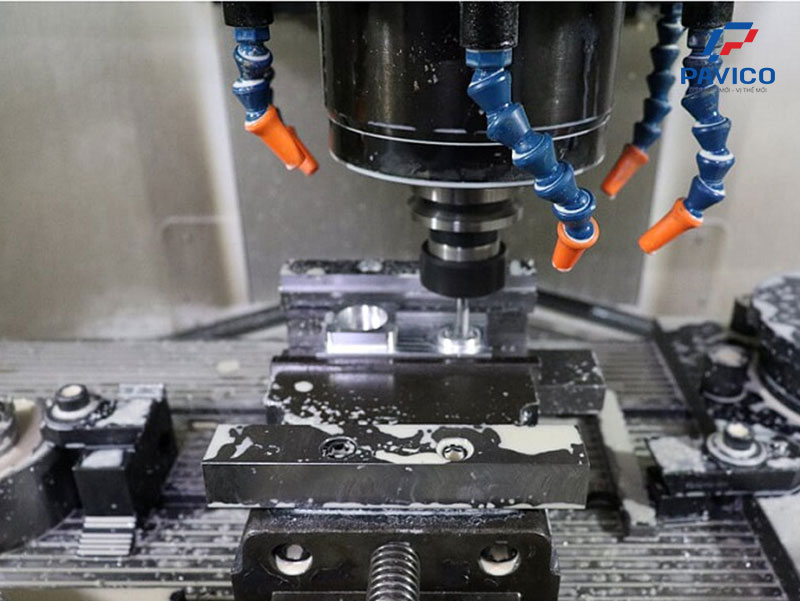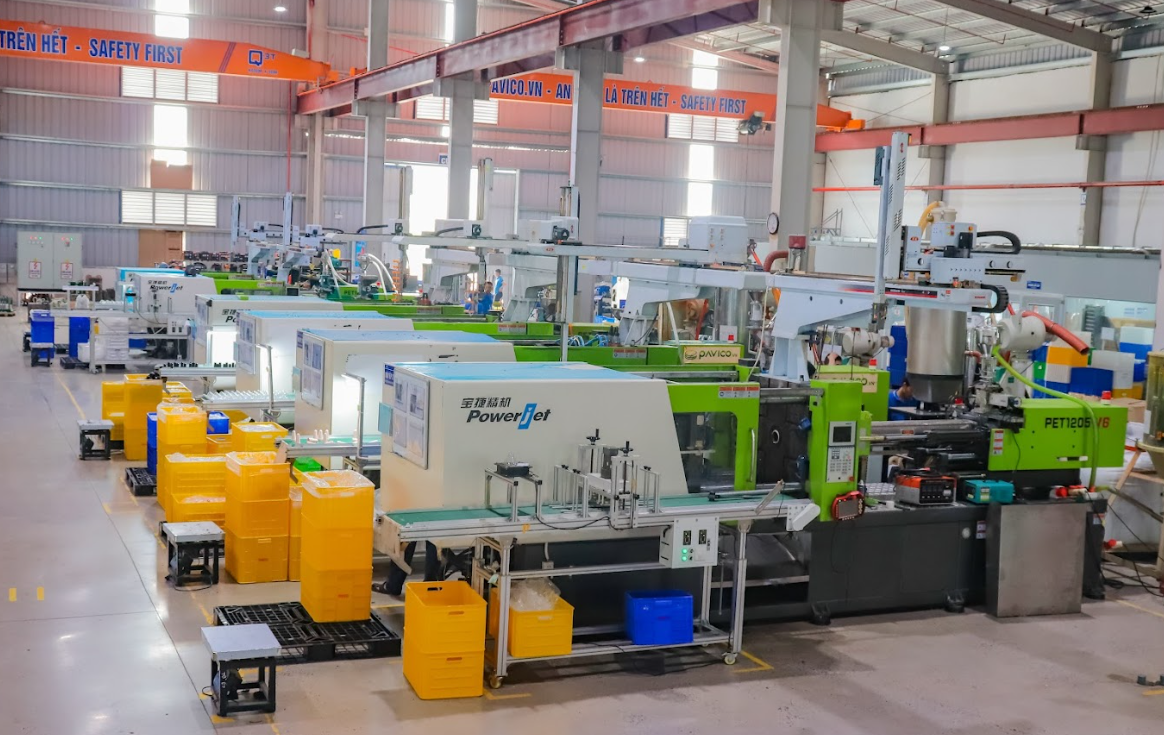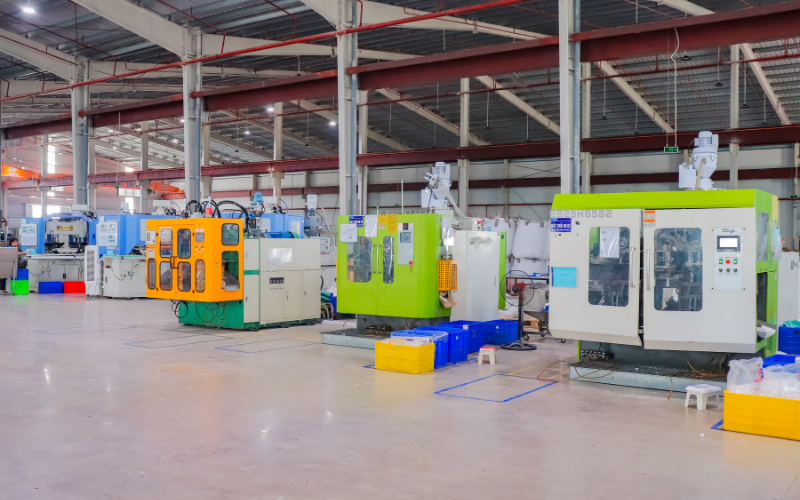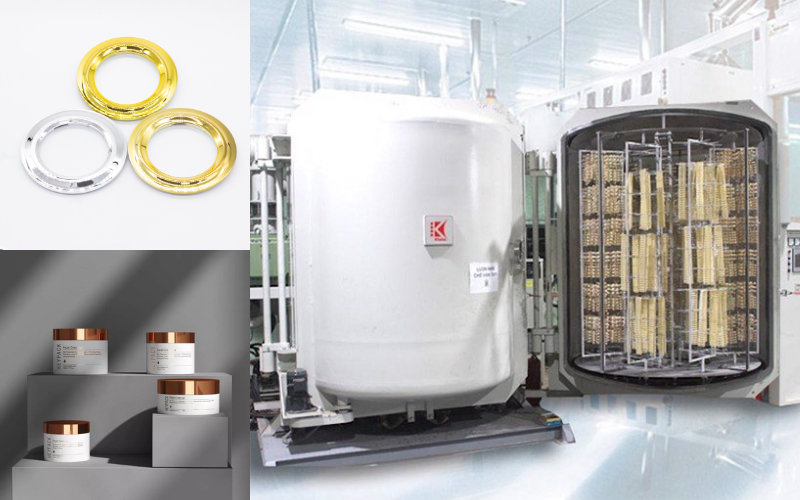In the plastic bottle manufacturing industry, the application of various printing techniques plays a crucial role in creating unique and attractive products. Pavico, a leading name in plastic bottle production, not only provides high-quality bottles but also serves as a reliable source for printing services on bottle surfaces. This article will introduce and analyze the various printing techniques offered by Pavico, including screen printing, UV printing, pad printing, heat transfer printing, and hot stamping, along with the ability to print matte and color-changing ink.
Pavico’s Printing Techniques
Pavico’s printing system consists of 15 machines capable of high-volume printing in the shortest possible time. We utilize five printing technologies within our plastic factory as follows:
1. Screen Printing
Screen printing is a long-standing color printing technique that remains popular in the market due to its exceptionally high performance. Screen printing operates on the principle of ink passing through a screen frame onto the material’s surface. The screen frame can be made of aluminum or wood, covered with a fine mesh. An essential tool in screen printing is the squeegee, used to apply ink during the logo printing process. Nowadays, screen printing is not limited to manual stages; it has been integrated into machine systems. This automation allows businesses to streamline the screen printing process, significantly speeding up production compared to manual methods.

2. UV Printing
UV printing (Ultraviolet Printing) is a printing method that uses ultraviolet (UV) light to instantly dry the ink after it is applied to the printing surface. UV printing offers several important advantages:
- Instant Drying: UV printing uses UV light to activate and dry the ink immediately upon contact with the printing surface. This eliminates the need for waiting for ink to dry, speeding up the printing process and enabling work on the printed surface right after printing.
- High Efficiency: Due to the absence of drying time, UV printing often allows for faster printing speeds and reduced overall production time. This enhances productivity and minimizes waiting times.
- Excellent Print Quality: UV printing provides high-resolution, sharp detail on a variety of surfaces, including paper, plastic, wood, metal, and glass.
- Versatility on Different Surfaces: UV printing can adapt to various surface types and materials, allowing for diverse product and packaging printing.
- Chemical-Free: UV printing does not use evaporating chemicals in the drying process, reducing environmental impact and creating a safer working environment for printers and staff. Due to these advantages, UV printing is commonly used in advertising, product packaging, printing on plastics, and applications that require high quality and speed.


3. Hot Stamping Printing
Hot stamping printing (also known as foil stamping) is a special printing method used to create metallic effects by applying high pressure and temperature to the printing surface. This process often involves using a die or a special hot stamping machine to apply heat and pressure to a foil printing plate. When the foil adheres to the product’s surface, it creates a shiny, metallic-looking print. Hot stamping can make products appear luxurious and premium, and it is often favored in advertising and product decoration.
4. Pad Printing
Pad printing is a printing process that uses a specialized tool called a pad to apply images or text onto the surface of a product. Here’s an overview of the pad printing technique:
- Pad Printing Pad: The pad printing pad is a crucial part of the pad printing process. It is shaped like a small cushion, and the print surface of the pad is applied to the product’s surface through this pad. The pad’s print surface is typically made from silicone or soft rubber.
- Ink: The ink used in pad printing must be compatible with the pad’s surface and be safe for contact with human skin, as pad-printed products often come into direct contact with users’ skin. Skin-friendly and non-irritating inks are common choices.
- Printing Process: The pad printing process begins by aligning the pad’s print surface over the image or text to be printed. Then, the pad is pressed onto the product’s surface to transfer the image or text under pressure. The ink is transferred from the pad’s print surface to the product’s surface under the influence of pressure.
- Temperature and Time: In some cases, temperature and time may also be controlled to ensure that the ink adheres firmly to the product’s surface without smudging or fading over time. Pad printing is often used to print label information or images on the surface of products, ensuring identification and information for users.
5. Heat Transfer Printing
- Heat transfer printing is a printing method that uses temperature and pressure to transfer images or colors from a pattern on paper or a transfer film to another surface, typically fabric or other products such as plastic, glass, ceramics, and more.
- The heat transfer printing process involves the following key steps:
- Image Printing: First, an image or pattern is printed on a special heat transfer paper or film using heat transfer ink. This image is often printed in reverse (mirror image) so that it will appear correctly on the final product.
- Application of Heat and Pressure: The heat transfer paper or film with the printed image is placed on the product or fabric you want to transfer the image to. Then, a heat transfer machine applies heat and pressure to the paper, causing the ink on the paper to turn from solid to vapor and transfer onto the product’s surface.
- Cooling and Final Result: After the image transfer is complete, the paper or film is cooled down, causing the ink to solidify and adhere firmly to the product’s surface. The result is a transferred image with vibrant colors and fine details.
Heat transfer printing is commonly used to create products with complex and high-resolution images or designs on fabrics and various decorative items. It allows for high-quality printing on a variety of materials.
Plastic Injection Molding and Custom Printing Factory
If you are looking for a reliable provider of bottles and printing services, PAVICO is the best choice for you. The company is known as an integrated plastic manufacturing and printing enterprise operating within the same factory. Utilizing advanced and modern equipment, PAVICO can produce large quantities of printed products in a short period of time.
Furthermore, the printing quality is always ensured to be consistent and capable of adhering to the product’s surface. When customers purchase bottles at Pavico, they do not need to worry about finding a separate printing service and transporting their products to another facility for printing.
For more detailed information, please contact:
PAVICO VIETNAM JOINT STOCK COMPANY
Address: No. 4 TT03 Lane 2 Ham Nghi Street, My Dinh Ward, Nam Tu Liem District, Hanoi
Factory: Lot E1, Trung Ha Industrial Zone, Dan Quyen Commune, Tam Nong District, Phu Tho
Phone: 0963.922.299
Email: marketing@pavicovietnam.vn
Website: www.pavico.vn










